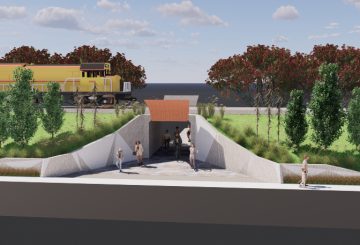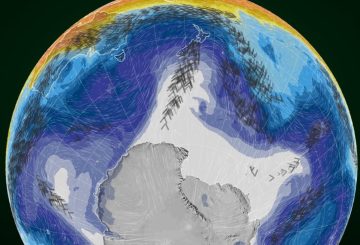더니든 시의회 (DCC) 는 의회 소유의 전력 회사인 오로라 에너지 매각을 고려하고 있다.시의회는 이 제안에 대해 일반 대중에게 의견을 물을 계획입니다.이번 매각은 투자 펀드를 조성하여 매년 수백만 달러를 창출할 수 있지만, 2024-25년에 예상되는 18% 의 금리 인상을 막기에는 충분하지 않습니다.
Aurora Energy는 더니든, 센트럴 오타고, 퀸스타운 호수에 있는 20만 개 이상의 가정과 기업에 전기를 공급합니다.시의회 의원들은 일반 대중과의 매각에 대해 논의하는 데 13-1로 찬성표를 던졌습니다.쥘 래디치 (Jules Radich) 시장은 회사를 매각하면 오로라의 예상 부채인 5억 7천만 달러를 상환하고 상당한 투자 기금을 조성하는 데 도움이 될 수 있다고 믿고 있습니다.
Radich는 펀드 가치를 유지하기 위해 해당 펀드가 안전하게 보호되고 인플레이션에 맞게 조정될 것이라고 말했습니다.그는 또한 시의회가 도시의 재정적인 지속 가능성을 높이기 위해 수입을 창출할 다른 방법을 모색하고 있다고 언급했습니다.그는 2023년에 총 자산이 8억 530만 달러에 달했던 Aurora를 인수하는 데 많은 관심을 가질 것으로 기대하고 있습니다.
Radich는 누가 회사를 소유했든 상관없이 상무위원회와 전기 당국이 소비자 권리를 보호할 것이라고 확신했습니다.그는 또한 불안할 수 있는 이 시기에 Aurora의 직원들을 지원하겠다고 약속했습니다.
더니든 시티 홀딩스 유한회사를 통해 DCC가 소유한 오로라 에너지는 회사 부채의 대부분을 그룹 내에 가지고 있습니다.오로라가 오타고 전역의 네트워크 업그레이드에 투자함에 따라 이 부채는 계속 증가할 것으로 예상됩니다.이 회사는 과거에 문제에 직면한 적이 있으며, 유지 관리 불량으로 인한 과도한 정전으로 인해 2020년에 거의 5백만 달러의 벌금을 부과받았습니다.
Aurora Energy의 매각 제안은 3월 28일에 공개될 예정이며, 이에 대한 대응 방안을 검토하기 위한 청문회가 5월에 열릴 예정입니다.




























































